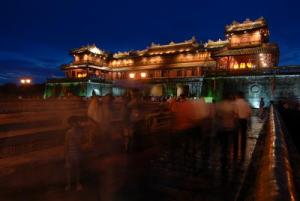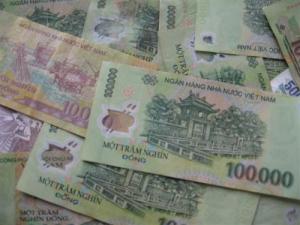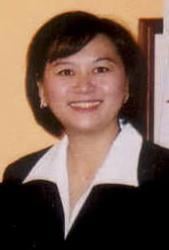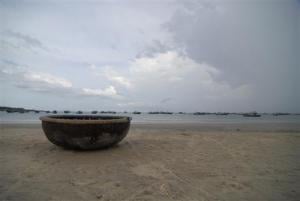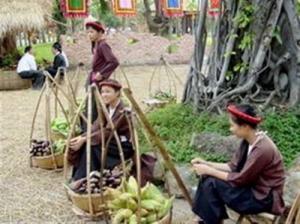Champa Kingdom Monuments Inaugurated
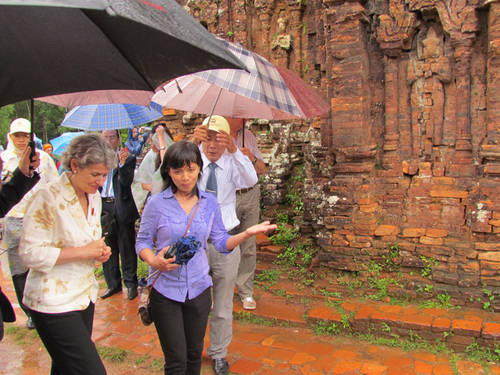
Following successful efforts to support the urgently needed stabilization, archaeological documentation and planning, site conservation and restoration of the tower temples and monuments on the My Son Sanctuary of Quang Nam province, the area is now open to the public marked by its inauguration which took place on 22nd June.
Participated by no less than the Director-General, who lead the inauguration, along with key Vietnamese authorities and the Ambassador of Italy to Vietnam, the launching ceremony was organized in part of Vietnam’s UNESCO Culture and Development Week and the 5th Quang Nam Heritage Festival.
Despite the persistent rainfall, the celebration continued where a brief religious ceremony was conducted along with dance and music presentations. For those involved in the 16-year rehabilitation efforts, seeing the monuments restored to its former glory is indeed huge reason to celebrate.
For nearly a decade, conservationists at My Son Sanctuary in Vietnam have enjoyed tremendous support from the government of Italy. Efforts conducted at the My Son World Heritage site is implemented with the Quang Nam Centre for Monuments and Scenic Landscapes, My Son Management Board and the Lerici Foundation, and funded through UNESCO Italian Funds-in-Trust.
The My Son Sanctuary is a World Heritage Site since 1999. Comprised of 71 monuments built throughout the 7th to 13th centuries, the archeologists divided the structures into eight main groups, uninspiringly named by letters. Each structure within a group is then given a number.
Imperiled at the time by Vietnam War wreckage, illegal looting, deterioration from exposure, overall decay, and vegetation overgrowth, the G Group of monuments are among those seriously damaged. According to the Director-General, the success of the project embodies Vietnam’s commitment to safeguard and promote the diversity and beauty of its unique cultural heritage, strengthened by its partnership with the foreign bodies that supported the project.
"Together with the Government of Italy, and with UNESCO’s coordination, we have conserved and restored the almost collapsed monuments of the G Group according to the highest standards of heritage conservation.”
Both Vietnamese and international experts worked hand-in-hand throughout the project. Local archaeologists, technicians, architects and site managers underwent training on the proper methods of preserving the Cham architectural heritage, in line with international conservation standards. Residents in the community also participated in the efforts and have now gained new skills and employment opportunities through the project. Such locals were awarded with certificates by Ms Bokova.
Mr. Lorenzo Angeloni, the Ambassador of Italy to Vietnam also lauded the "excellent tripartite cooperation" and highlighted the importance of the excavation process being on public display "so the public can gain insight on the archaeological works and admire the results." As no cultural heritage site is ever completely free from threats, despite any protection and conservation efforts, the move to have the excavation process witnessed by visitors will elicit the visitors’ participation on heritage preservation. Angeloni also announced that Italy would continue to provide specific training courses for restorers of monuments, skilled workers, site managers and other experts who are all key players in the development of sustainable tourism in the country.
With support from UNESCO, the entire restoration process has been documented as Guidelines for Conservation of Cham Archaeological Sites. On top of that, Italian experts from the Lerici Foundation, in close collaboration with technical staff of the My Son Management Board, produced a catalogue of all Cham monuments on the site, a classification of excavated artifacts and a comprehensive site interpretation Plan.
The monuments are now ready to welcome tourists.





